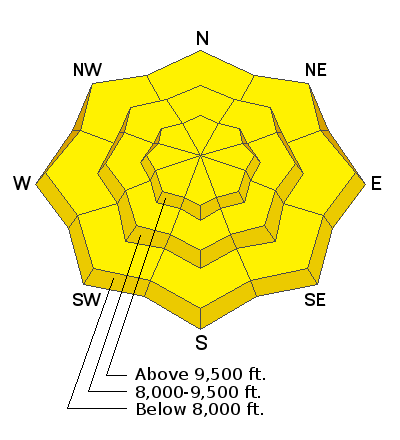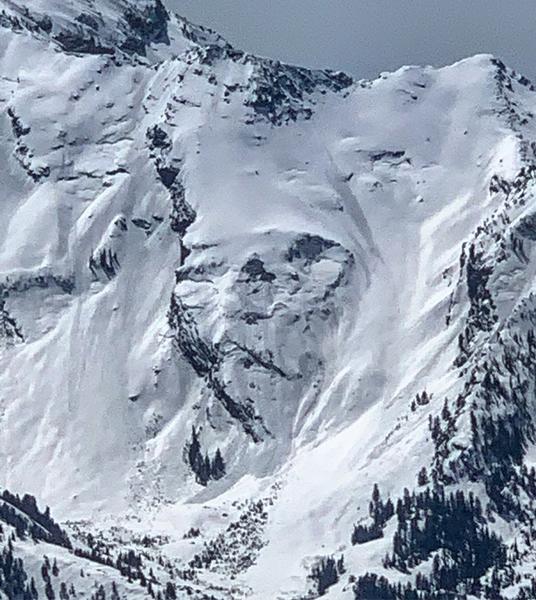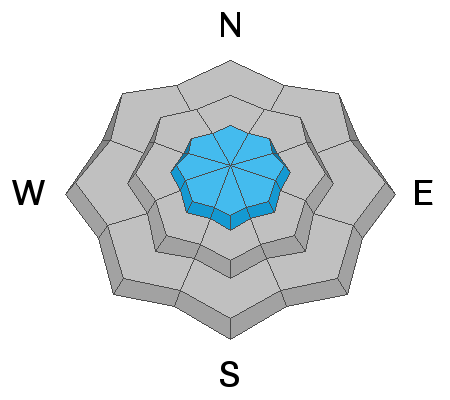Forecast for the Provo Area Mountains

Issued by Nikki Champion on
Thursday morning, April 9, 2020
Thursday morning, April 9, 2020
This morning the avalanche danger will rise to MODERATE on all elevations and aspects. The three things to watch for today are (1) wet avalanches on all aspects as the snow surface continues to warm throughout the day (2) unpredictable large glide avalanches in very specific places and (3) large cornices breaking back farther than expected along the ridgelines.
Pay attention to changing springtime conditions and continue to evaluate terrain carefully.

Low
Moderate
Considerable
High
Extreme
Learn how to read the forecast here









